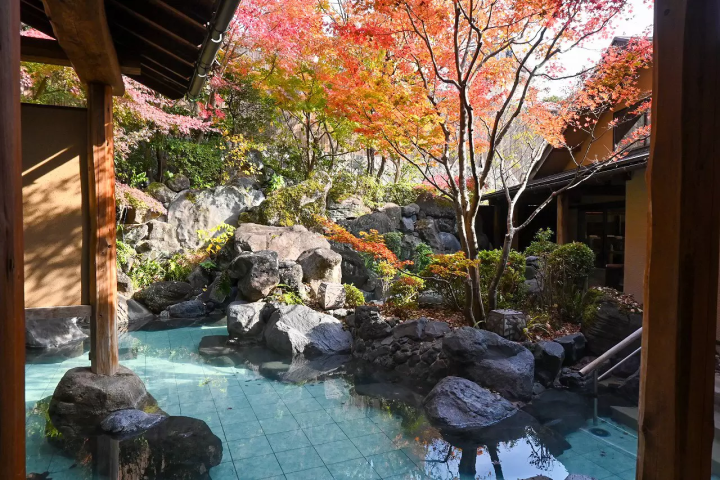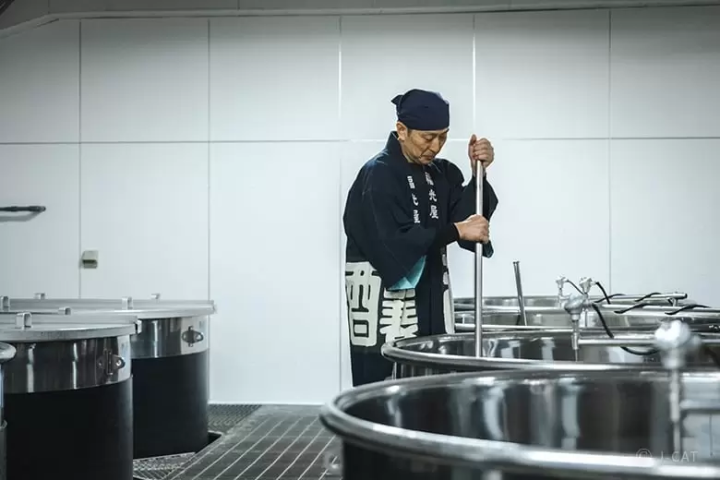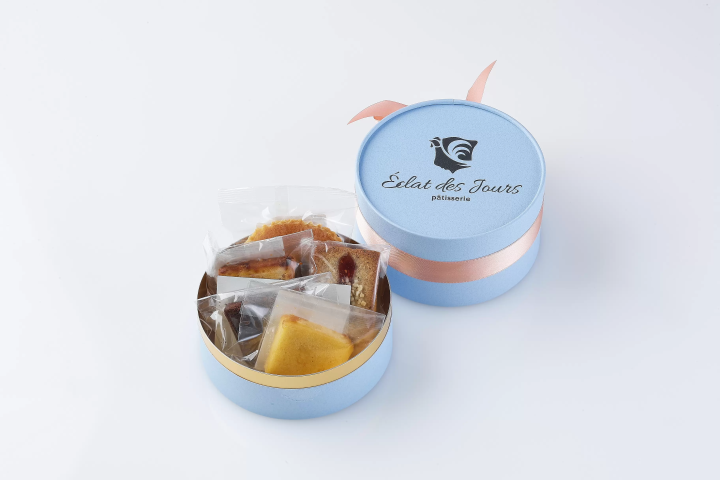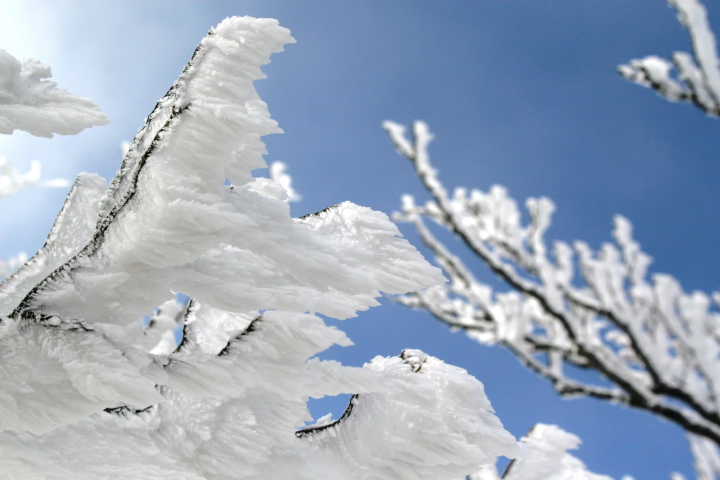Yokan - Japanese Encyclopedia

A Japanese confectionery made with red bean and agar solidified in a rectangular shape, yokan is not only a popular sweet but also a great emergency food too. Learn more about it here!

What is Yokan?
Yokan is a type of traditional Japanese confectionery. It is mainly made with anko; these sweet red beans are mixed with agar jelly and poured into a rectangular container to solidify. Originating from China, this then evolved into a type of traditional Japanese confectionery with many different variations now available.
Depending on how the yokan is made, it is separated into various types. A stiffer yokan using more agar is referred to as neri-yokan, while a softer yokan using lesser agar and more water is called mizu-yokan. It is a common treat sold in the summer in cups. When yokan is steamed and flour or kudzu powder is used to solidify the yokan, it is calledmushi-yokan. It is made using a steamer or even a microwave. and is a popular dessert that can be easily made and eaten at home.
Out of all of these types, the most standard yokan is the neri-yokan. When one refers to yokan, most will think of a neri-yokan right away.
History of Yokan

When yokan (羊かん) is written in Japanese, it contains the character for sheep (羊). Originally, yokan was a term used for sheep meat soup in China. When sheep soup cooled, the gelatin solidified and created a jelly-like texture which is similar to that of yokan.
Yokan (sheep soup) was brought to Japan sometime during the Kamakura-Muromachi period (between 1185-1573) by a monk who studied abroad in China. However, monks are not allowed to eat meat and therefore, could not eat the sheep soup. That was when the vegetarian version of yokan was invented using red beans.
Yokan was originally a dish consumed by monks, but then evolved into a sweet treat that can be consumed by everyone.
The peak of yokan making began roughly 200 years ago. A famous confectionery shop, Fujimura began making yokan around the same time. They still make yokan today and have a store in the Yushima area in Tokyo. It is said that they were the first ones to make neri-yokan. At the same time, they also began making mushi-yokanas well. Mushi-yokan was less expensive than neri-yokan, and was popular among the locals. After a while, mizu-yokan was created. It became a favorite dessert to enjoy after eating the New Year's meal. In Nikko city in Tochigi, it is still a custom to eat mizu-yokan at New Years.
Types of Yokan

Neri-yokan, mizu-yokan, and mushi-yokan are names of yokan types according to how it is made, but there are also many different types categorized by the shape and ingredients used.
Imo-yokan is a popular souvenir from Tokyo. It is a yokan made using sweet potato. When neri-yokan was an expensive treat to afford, steamed sweet potato was mixed with sugar and cooled in a square container for a yokan-like texture. Chestnut-yokan is also widely eaten in Japan as well. Most of the time, chestnut pieces are mixed into the red bean paste, but in regions where chestnuts are abundant, there will be yokan made entirely out of chestnuts instead.
There is also the salt yokan where salt is added to the red bean paste. Lately, unique kinds of yokan have been invented and flavors such as strawberry, plum, and pumpkin can also be found. Another factor that has been improving is the shelf-life of yokan. When neri-yokan is made, a great amount of sugar is used. Therefore, it can be kept for over a year at room temperature if it is kept vacuum sealed. In some schools and homes of Japan, yokan is made as an emergency food.
Not only does it last long, but it is high in calories and is a perfect meal during disasters.
Where to Eat Delicious Yokan
Many of the famous yokan shops do not only sell deliccous yokan, but also boast a rich history.
Toraya is a high-end yokan shop that opened in 1520 in Kyoto. They made confectionery for the royal family in the palace. After the emperor moved to Tokyo, they opened another shop in Tokyo in addition to their store in Kyoto. Now, they have many branches in Tokyo Station, Roppongi, Ginza, and in many accessible tourist sites in Tokyo.
Funawa is also a famous yokan shop in Asakusa. With a history over 100 years, they are a classic yokan specialty shop. Lately, they opened a stylish cafe near the tourist spot Kaminarimon serving western-style yokan. Kawagoe in Saitama, best known for their Kyoto-like retro Japanese streets, is famous for its sweet potatoes which are used to make tasty imo-yokan.
If you wish to try mizu-yokan, Nikko city in Tochigi is recommended. One of the most popular shops is Kibira, but there are plenty of yokan shops around so you can always go around trying a few. Nikko itself is a World Heritage site rich city with plenty of hot springs too.
How about taking a day trip out of Tokyo to taste some delicious mizu-yokan?
日本への訪日外国人の方が、もっと増えますように!


































![[For beginners and debutants] Special feature on recommended ski resorts and ski tours!](https://resources.matcha-jp.com/resize/720x2000/2025/12/26-254120.webp)



